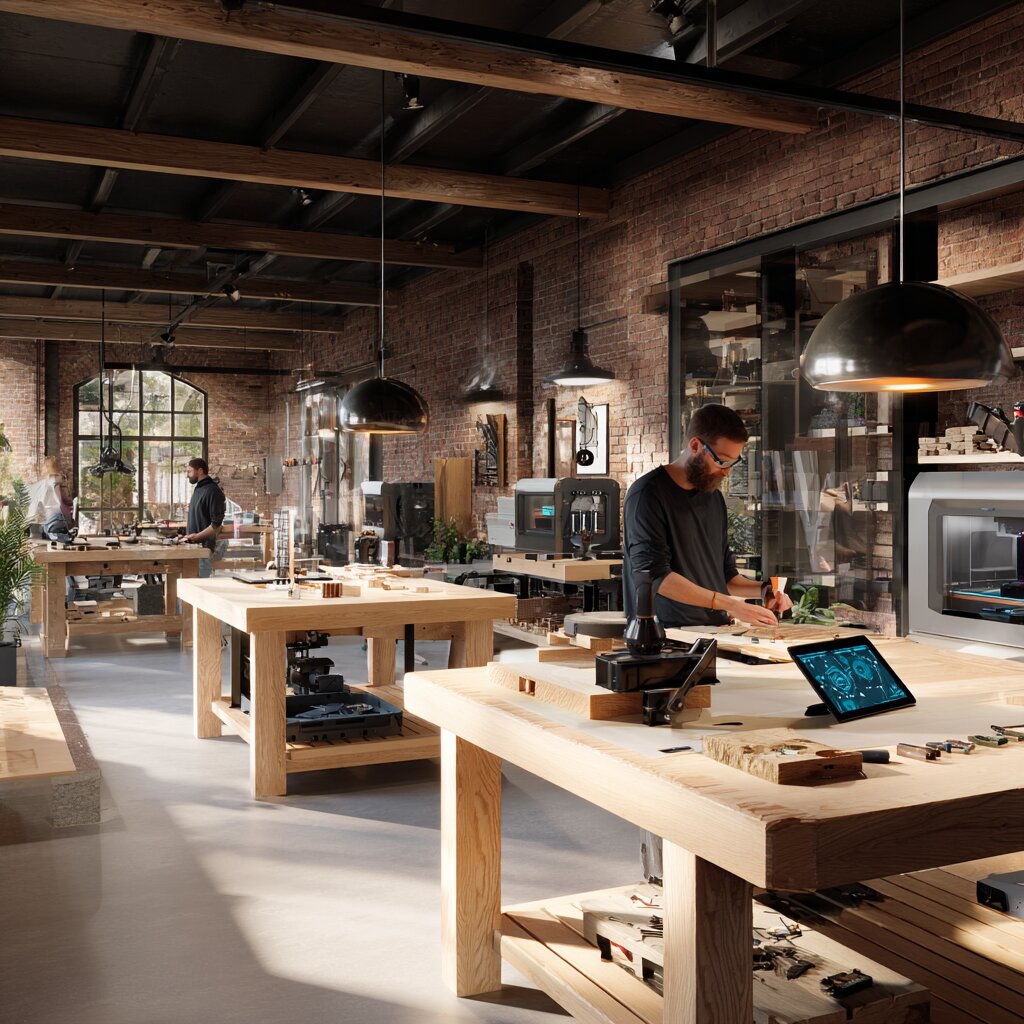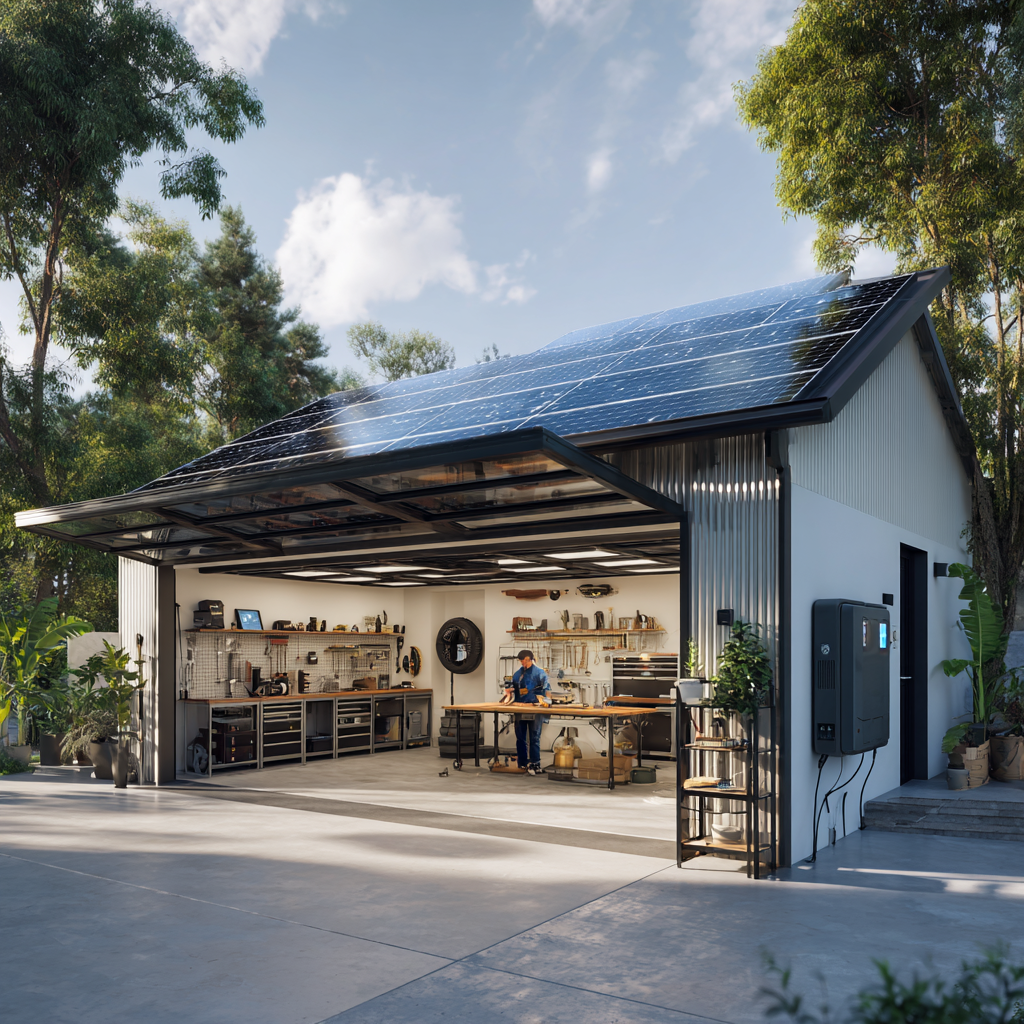Smart Lighting for Beginners: Complete Guide to Intelligent Lighting
Discover smart lighting possibilities. Guide from basics to advanced automation. Best products, installation, and practical tips.

Transform Your Home Into a Smart Paradise - 2025 Guide
Discover the latest smart home technology that will revolutionize your daily routine.
Smart Lighting for Beginners: Complete Guide to Intelligent Lighting
Smart lighting is one of the simplest ways to start with an intelligent home. It offers not only convenience and modern appearance, but also significant energy savings and increased security.
What is Smart Lighting?
Smart lighting consists of smart bulbs, LED strips, or fixtures that you can control remotely using a phone app, voice commands, or automation. They allow changing brightness, color, and timing.
Main Advantages:
- Remote control - turn on/off from anywhere
- Scheduling - automatic lighting and turning off
- Color changes - millions of shades for different moods
- Energy savings - LED technology + smart control
- Security - presence simulation when away
Types of Smart Lighting
1. Smart Bulbs
- Philips Hue - premium standard (from $32)
- IKEA Trådfri - affordable solution (from $8)
- Xiaomi Mi Smart - excellent price/performance (from $12)
2. Smart Switches
- Replace traditional switches
- Work with regular bulbs
- Installation requires basic electrical knowledge
3. Smart LED Strips
- Decorative lighting
- Under kitchen cabinets, behind TV
- Impressive color lighting
Installation How-To - Step by Step
Basic Smart Bulb Installation:
- Buy compatible bulbs with your socket (E27, E14, GU10)
- Download manufacturer app (Philips Hue, IKEA Home smart, Mi Home)
- Unscrew old bulbs and insert smart bulbs
- Launch app and follow pairing wizard
- Test functionality - lighting up, dimming, color changes
For Advanced - Smart Switches:
⚠️ Warning: Switch installation requires electrical work - we recommend a professional!
Best Apps and Control
Native Apps:
- Philips Hue - most advanced features
- IKEA Home smart - simple and clear
- Mi Home - rich automation options
Universal Solutions:
- Google Home - compatible with most brands
- Amazon Alexa - voice control
- Apple HomeKit - for Apple users
Automation and Scenarios
Basic Scenarios:
- Morning routine - gradual lighting with sunrise
- Evening relaxation - warm, dim light
- Movie night - colored background behind TV
- Work from home - cool, bright light for concentration
Advanced Automation:
- Motion detection - lighting when entering room
- Presence simulation - random lighting during vacation
- Music synchronization - rhythmic changes during party
- Security integration - flashing during alarm
Energy Savings and Costs
Consumption Comparison:
- Traditional bulb: 60W → 525 kWh/year
- LED bulb: 9W → 79 kWh/year
- Smart LED bulb: 9W + automation → 60 kWh/year
Annual savings: Up to 400 kWh = approximately $100 at $0.25/kWh
Return on Investment:
- Smart bulb for $20 pays for itself in 2-3 years
- Complete lighting system in 5-7 years
Compatibility and Integration
Communication Protocols:
- Zigbee - most stable, requires hub
- Wi-Fi - simple connection, higher consumption
- Bluetooth - limited range, no hub needed
Integration with Other Systems:
- Home Assistant - open source home automation
- Google Assistant - "OK Google, turn off living room"
- Amazon Alexa - "Alexa, set romantic lighting"
- Apple Siri - "Siri, good night" (turns off whole house)
Tips for Beginners
1. Start Small
- Begin with one room (usually living room)
- Test functionality before investing in whole house
- Gradually expand based on experience
2. Choose Right System
- Unified platform - same manufacturer for better compatibility
- Future expansion - think about adding devices
- Local language support - important for less technical users
3. Security
- Strong passwords for apps
- Regular updates of firmware
- Separate IoT network - dedicated Wi-Fi for smart devices
Common Problem Solutions
Bulb Won't Pair:
- Check distance from router/hub
- Restart app and try again
- Reset bulb - turn on/off 5 times quickly
Slow Response:
- Check Wi-Fi signal in room
- Restart router and hub
- Update firmware of all devices
Voice Control Problems:
- Check room names - without special characters
- Calibrate voice assistant for your language
- Use clear commands - "Turn on kitchen" instead of "Make light"
Conclusion
Smart lighting is an excellent entry into the world of intelligent homes. It offers immediate benefits in comfort, energy savings, and modern appearance. Start with simple smart bulbs and gradually expand the system according to needs.
Recommendation to start: Philips Hue Starter Kit with 3 bulbs and hub for about $120 or more affordable IKEA Trådfri set for $60.
Do you have experience with smart lighting? Share it in the comments! Or do you have questions? We're happy to help.
Smart Home Upgrade Package 2025
Transform your home with the latest smart technology
Transform Your Home Into a Smart Paradise - 2025 Guide
Discover the latest smart home technology that will revolutionize your daily routine.

